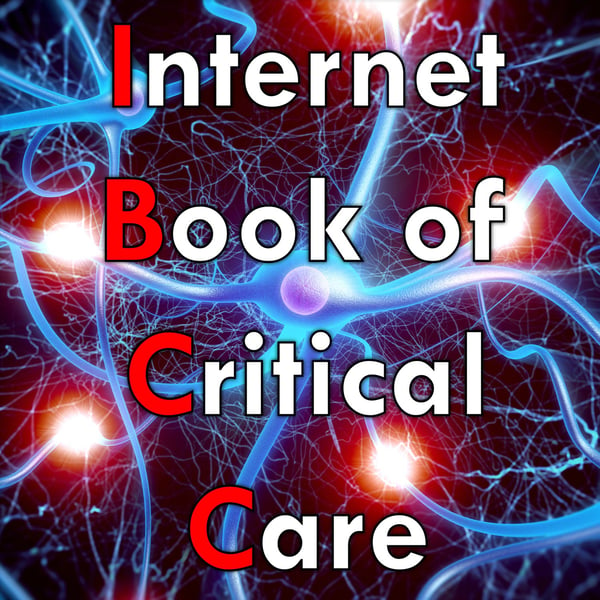IBCC Episode 85 - Vocal Cord Dysfunction
The Internet Book of Critical Care Podcast
Adam Thomas
5 • 714 Ratings
🗓️ 22 June 2020
⏱️ 18 minutes
🧾️ Download transcript
Summary
In this episode, we cover the lesser of evil stridor aetiologies: Vocal cord dysfunction, a.k.a paradoxical vocal cord motion, a.k.a Paradoxical Vocal Fold Movement. Read the post, then listen to review approach, diagnostic modalities (fibre-optic visualization, CT scan to rule out other entities) and treatment.
Transcript
Click on a timestamp to play from that location
| 0:00.0 | Welcome back to the Internet Book of Critical Care Podcast. |
| 0:08.0 | I'm here with Adam Thomas and we're going to talk about vocal cord dysfunction or paradoxical |
| 0:11.9 | vocal cord motion or inducible or ingeal obstruction or I don't even know what to call |
| 0:15.7 | this thing anymore. |
| 0:16.7 | Don't you love medicine? |
| 0:17.7 | It's one thing named five different things so nobody knows what you're talking about. |
| 0:21.6 | It's legitimately impossible to search for it on PubMed. Yeah, too many names and then it just gets |
| 0:26.3 | watered down in the ether. Yeah. But vocal cord dysfunction is one of those interesting presentations |
| 0:31.3 | because especially in the merge, you think this is an airway obstruction. This is one of those |
| 0:35.9 | things we train for all the time. Man, like we're going to town. This is red alert. We got to get all our toys and all our friends ready. |
| 0:42.1 | But this is one of those things that is very interesting on a differential. But saying up front, |
| 0:46.8 | do you never go to straight to vocal cord dysfunction diagnosis. Always think worst first, |
| 0:52.8 | unless you know for sure this patient has vocal cord |
| 0:55.5 | dysfunction. Absolutely. And to make things even more complicated, like there are patients who can |
| 0:59.3 | have vocal cord dysfunction plus asthma. So, yeah, always be careful. So epidemiology then, Josh, |
| 1:04.2 | who should I suspect this in or who am I going to see it with after I've ruled out all the big, |
| 1:08.6 | bad and scary things? I mean, the classic teaching here is that it tends to be younger patients, oftentimes |
| 1:14.1 | female patients, and it has some association with psychiatric comorbidity. |
| 1:18.0 | That being said, some of the more recent literature points out that many patients do not |
| 1:21.5 | have any psychiatric comorbidity. |
| 1:23.2 | And it's so difficult to pin down what this thing is called or how it's defined that |
| 1:27.0 | I feel like this epidemiology is very squishy. |
... |
Please login to see the full transcript.
Disclaimer: The podcast and artwork embedded on this page are from Adam Thomas, and are the property of its owner and not affiliated with or endorsed by Tapesearch.
Generated transcripts are the property of Adam Thomas and are distributed freely under the Fair Use doctrine. Transcripts generated by Tapesearch are not guaranteed to be accurate.
Copyright © Tapesearch 2025.

